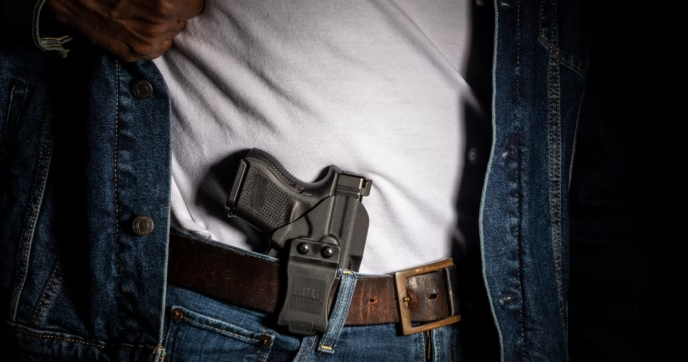When it comes to popular rifle calibers, few are as popular as .223 Remington and 5.56 NATO. These two calibers have dominated the market thanks to their versatility, availability, and utility in a diverse range of applications, with many popular rifle platforms like the AR-15 and bolt-actions being chambered in either caliber.
Both cartridges have garnered a lot of praise, but although rifles like the AR-15 can be chambered in a multitude of different calibers, they’re most commonly chambered in 5.56 NATO, which is basically the same as .223 Remington, right?
At first glance, these two cartridges look identical, but they have quite a few differences that significantly alter their respective performance. Below, we’re looking at both cartridges, highlighting their differences and going over what to consider before you choose one over the other.
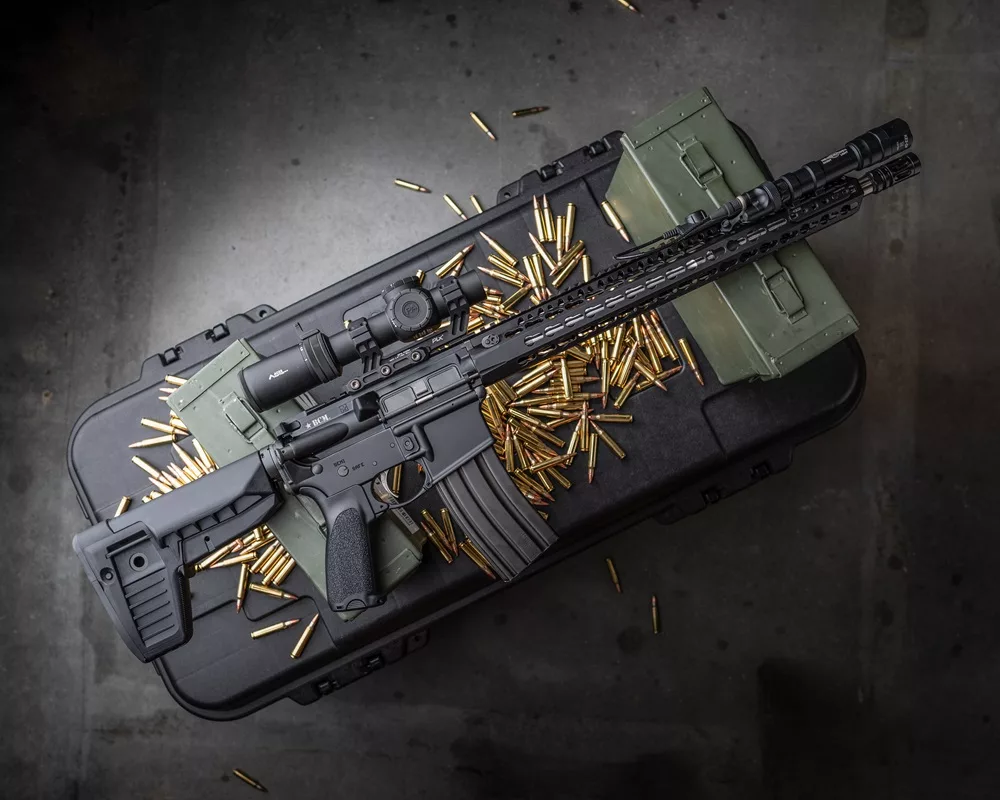
Understanding the Basics
It’s often assumed by many that .223 Remington and 5.56 NATO are the same cartridge. While similar in looks, they both have different capabilities and slightly different specs.
The .223 Remington cartridge was first developed in 1962 by Fairchild Industries and Remington to create a new intermediate rifle cartridge for the military. After the trial and testing phases, it was adopted and chosen for use as the new standard-issue cartridge. In time though, it was further optimized to offer more power along with the capability to more reliably use heavier bullets.
Originally, .223 was designed to fire a 55-grain FMJ at high velocities, while delivering over 1,200 foot-pounds of muzzle energy. As the cartridge continued developing, new designs were produced and submitted by FN Herstal. This updated version of .223 was designed to fire a heavier 62-grain bullet with a steel penetrator. After testing, this round reached greater velocities than the lighter first .223 design and delivered over 1,300 foot-pounds of muzzle energy.
This new cartridge variant was designated as 5.56x45mm (the metric measurement for .223) and its optimizations and better performance, lead to its adoption by NATO, with it being colloquially known as 5.56 NATO.
Ever since its adoption, 5.56 NATO has seen widespread use globally and is still the go-to intermediate rifle cartridge for civilians and Military/Law Enforcement agencies.
Cartridge Comparison
To the untrained eye, it’s no surprise that these .223 and 5.56 are often mistaken to be the same cartridge. Both use the same diameter bullet and look identical to each other. However, the core difference between them lies in their rifle’s chambering, as their measurements differ slightly.
Comparatively, rifles rated for 5.56 NATO have a .125-inch longer chamber. Although this might not seem like too big of a difference, it allows 5.56 NATO to have a much greater average chamber pressure. On average, .223 has a chamber pressure of around 55,000 PSI. In contrast, 5.56 has a higher average pressure of 58,000 to 62,000 PSI.
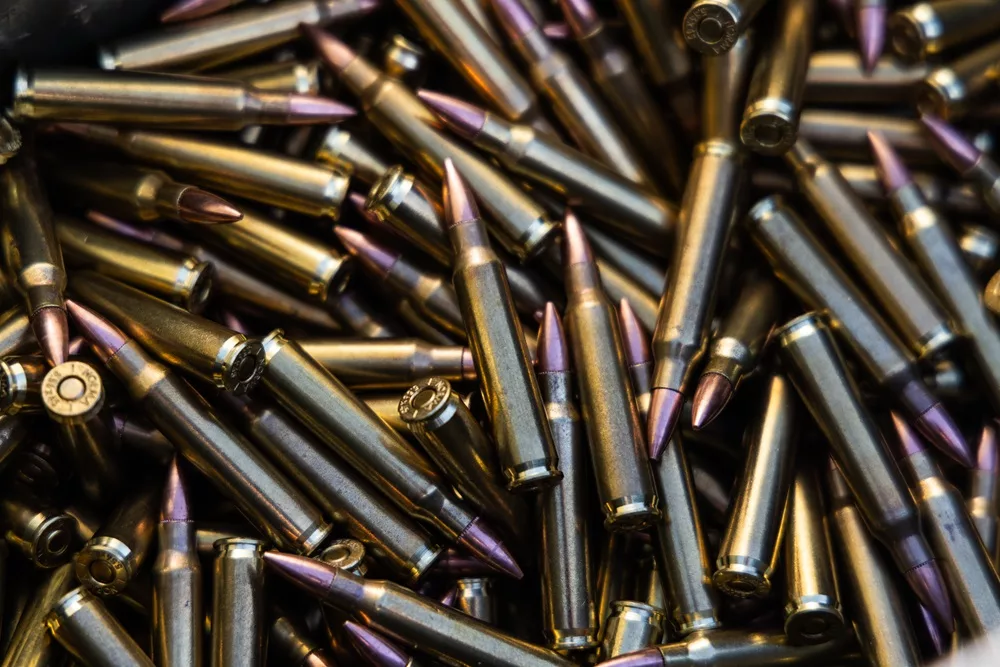
Velocity and Ballistics
Due to their different chamber pressures, both cartridges offer different velocities and ballistic energy. 5.56 cartridges generally have higher velocities than .223 rounds, which usually have a muzzle velocity around 2,800 to 3,100 FPS, depending on the ammo used. 5.56 rounds hover in the same range, albeit slightly higher, with velocities ranging anywhere from 2,900 to 3,100+ FPS.
The average velocity of a projectile can vary drastically depending on many factors. Both calibers have a wide array of loads produced by several manufacturers, such as dedicated long-range .223 and 5.56 loads, as well as standard FMJ ammunition.
At the end of the day, muzzle velocity is more dependent on your rifle’s barrel length and type of ammunition you use, rather than the chambering itself.
Another point of consideration is how different ammo variants are tested. For instance, .223 is a common hunting cartridge used in bolt-action rifles, so some manufacturers may do a velocity test in longer barrels, which don’t particularly translate well to a 16-inch AR-15. In contrast, 5.56 is generally tested in 16-inch barrels, which are standard for AR-15s. Because of this, we recommend taking some time to research each choice to make sure it’s properly tested for the rifle you intend to use.
Accuracy
Much like with velocity, there are a lot of variables at play that affect the overall accuracy of your rifle ranging from the quality of your rifle’s components to the type of ammo you use.
Of the two cartridges, .223 is generally considered to be more accurate. The shorter chamber length of .223 barrels allows the cartridge to sit tighter within the chamber, connecting it with the barrel’s rifling much sooner than 5.56. Though the difference is small, .223 bullets generally stabilize quicker than 5.56. However, depending on the load, either option can be incredibly accurate at distance. For example, Mk. 262 is a specialized 5.56 cartridge that was designed for landing precise shots on targets upwards of 750+ yards away.
At the end of the day, accuracy isn’t just about which caliber you’re using; it’s more about the quality of your rifle and ammo. Different cartridge loads are designed to yield different results, so we highly recommend taking time to research each one to ensure it aligns with your overall goals and intended use.
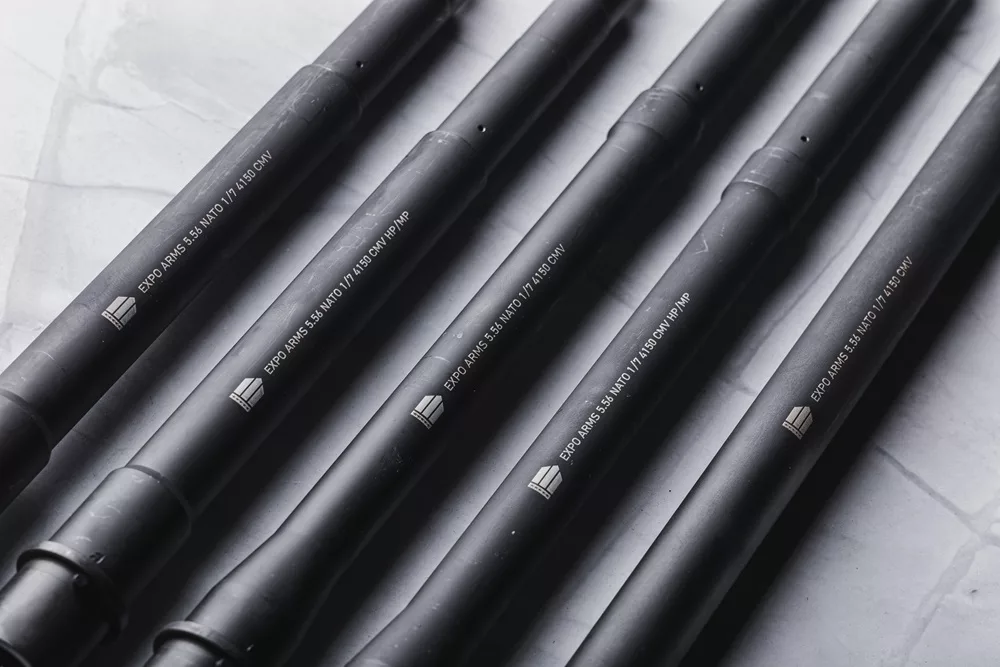
Ideal Twist Rate
Your barrel’s twist rate also has a profound effect on accuracy. If you’re unfamiliar with the term, twist rate refers to the rifling of your barrel, noting its total rotations per inch of barrel. For example, if you had a barrel with a 1:8 twist rate, the bullet would make a full rotation after passing through 8 inches of the barrel’s bore. Having the right twist rate is crucial for stabilizing the flight path of a bullet, however, different grain bullets benefit more from different twist rates.
On an AR-15, the standard twist rate is 1:7, but it’s common to see options with anywhere from a 1:8 to a 1:9 or 1:12 twist rate. Either option works well for most available ammo variants, but for a general-purpose rifle, you should opt for a tighter twist rate. That said, if you’re building a rifle to use specific ammunition, you may benefit from using a more specific twist rate.
As we mentioned before, both .223 and 5.56 cartridges can have varying bullet weights. Depending on the cartridge type, the bullet can weigh anywhere from 35 to upwards of 85 grains, with some specialty loads having as heavy as 95-grain bullets. Different bullet weights perform better with different twist rates. For the average enthusiast, you won’t really need to worry about this, but for highly specific builds, it’s best to have a barrel that corresponds with your ammo. Manufacturer websites often have twist rate charts or recommended barrels listed in their specs; we recommend checking them out if you have a specific plan in mind.
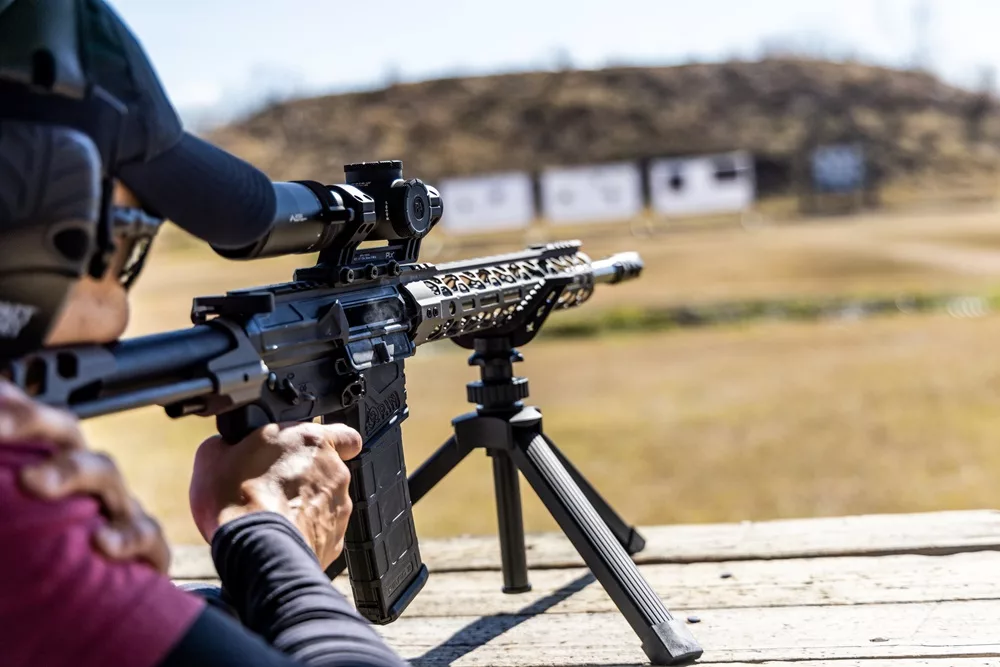
Practical Considerations
Ammo Cross-Compatibility
Since the cartridges are so similar, many enthusiasts often believe they’re interchangeable, but this is not the case. DO NOT fire a 5.56 cartridge out of a .223 rated barrel. As mentioned, 5.56 ammunition produces much higher chamber pressures than .223 rated barrels are capable of handling. Doing so will cause extreme wear on your rifle’s core components or, in a worst-case scenario, result in a catastrophic failure.
In 5.56 rifles, you can shoot both .223 and 5.56 since they’re rated for higher chamber pressures. Still, you’ll see the best performance with 5.56 rounds, since they’re optimized for those rifles.
The only time it’s truly okay to use both calibers in the same rifle is when you’re using a .223 Wylde barrel. .223 Wylde is a hybrid chambering for barrels that allows you to use both .223 and 5.56 with no issues. This enhances your rifle’s capabilities, allowing you to use a wider variety of ammo without any drawbacks. One of the few true cons of .223 Wylde barrels are their cost, as their greater accuracy and durability make them more expensive than standard barrels, in most cases.
Conclusion
Despite their comparable size and use of the same projectile diameter, .223 and 5.56 are much more different than most often realize. They’re both unique, equipped with different capabilities that lend themselves to different applications.
If you’re on the fence about which caliber you should go with, we recommend sticking with a 5.56 rifle for your AR-15 or similar tactical rifle. For bolt-action rifles, .223 remains a popular choice, but you’ll need to be incredibly careful about not accidentally loading the nearly identical 5.56 cartridges. That said, a .223 Wylde barrel is going to be your best choice if you want to use both calibers.
So long as you understand the nuances of both calibers, you can keep your risk of failures to a minimum while using each cartridge to its utmost capabilities. If you’re looking to have a high-performance rifle, it takes more than the right caliber to make it perfect. Check out our guide on the best AR-15; it goes over all you’ll need to know when building out a rifle.

